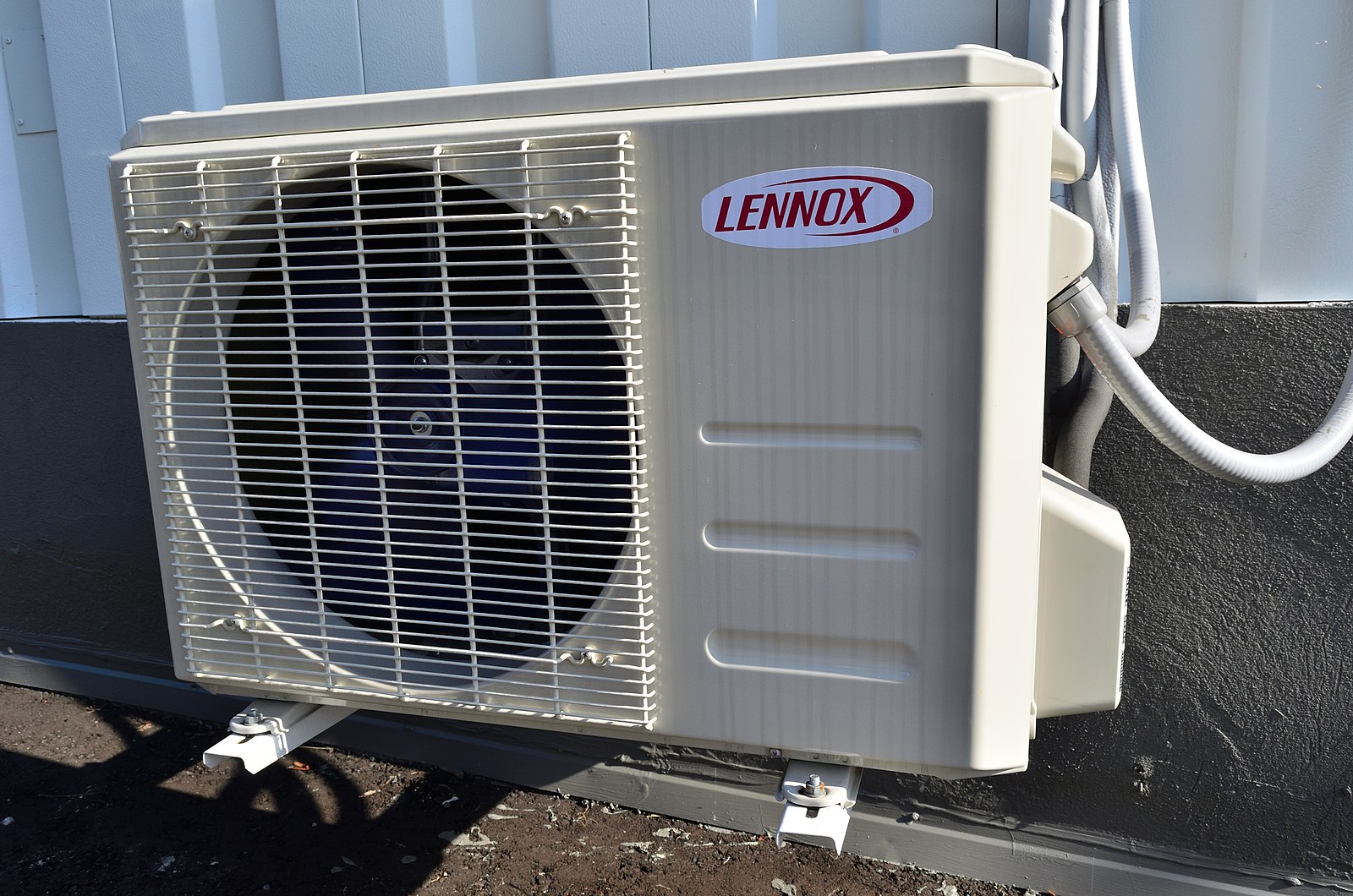Clearing Lennox fault codes can be a straightforward process, but it requires a methodical approach and a good understanding of your HVAC system. This comprehensive guide will walk you through the step-by-step process of identifying, troubleshooting, and clearing Lennox fault codes, providing you with the technical details and expert-level insights to ensure a successful DIY repair.
Identify the Fault Code
The first step in clearing a Lennox fault code is to accurately identify the specific code that is being displayed on your furnace or air conditioner. Lennox fault codes typically consist of a letter followed by a number, such as “E23” or “L34.” These codes provide valuable information about the nature of the problem, which will guide your troubleshooting efforts.
To identify the fault code, locate the LED display or control panel on your Lennox HVAC unit. The fault code will be displayed in a prominent location, often accompanied by a blinking light or other visual indicator. Consult your Lennox owner’s manual or the manufacturer’s website to decode the meaning of the specific fault code you are encountering.
Reset the Circuit Breaker
 Image source: Lennox Ac by Raysonho
Image source: Lennox Ac by Raysonho
If the fault code is related to an electrical issue, you may need to reset the circuit breaker that controls your Lennox furnace or air conditioner. To do this, follow these steps:
- Locate the electrical panel in your home, which is typically located in the basement, garage, or utility room.
- Identify the circuit breaker that controls your HVAC system. This may be labeled as “Furnace,” “AC,” or “HVAC.”
- Flip the circuit breaker to the “Off” position and wait for at least 30 seconds.
- Flip the circuit breaker back to the “On” position.
- Observe your Lennox unit to see if the fault code has been cleared. If the issue persists, proceed to the next troubleshooting step.
Reset the Limit Control Switch
If the fault code is related to overheating or a similar malfunction, you can try resetting the limit control switch on your Lennox furnace. The limit control switch is a safety device that shuts off the furnace if it detects excessive temperatures, preventing potential damage to the unit.
To reset the limit control switch, follow these steps:
- Locate the control panel on your Lennox furnace and lift it up to reveal the ignition control box.
- Identify the limit control switch, which is typically a raised button or switch located to the right of the ignition control box.
- Press and release the limit control switch to reset it.
- Observe your Lennox furnace to see if the fault code has been cleared. If the issue persists, proceed to the next troubleshooting step.
Check for Inductive Voltage
Inductive voltage from surrounding sources can sometimes cause Lennox fault codes to appear. To check for and eliminate any sources of inductive voltage, follow these steps:
- Inspect the wiring and components of your Lennox HVAC system for any signs of damage or interference.
- Look for any nearby electrical equipment, such as motors, transformers, or power lines, that could be inducing voltage into your HVAC system.
- If you identify any potential sources of inductive voltage, take steps to isolate or shield the affected components to eliminate the interference.
- Observe your Lennox unit to see if the fault code has been cleared. If the issue persists, proceed to the next troubleshooting step.
Clear the Alert Code
If the fault code is displayed on a Lennox communicating thermostat, you may be able to clear the alert code by following the instructions in the Lennox Residential Communicating Systems Alert Code Guide. This guide provides detailed instructions on how to clear alert codes for various components and systems, as well as troubleshooting tips and software versions that may be affected.
To clear the alert code, locate the specific instructions for your Lennox thermostat model and follow the steps provided. This may involve navigating through the thermostat’s menu options, entering specific key sequences, or accessing diagnostic tools.
Check for Cracked Hoses and Levelness of Unit
If the fault code is related to the outdoor unit inverter compressor over current, you may need to check for cracked hoses and the levelness of the unit. Follow these steps:
- Visually inspect the hoses connecting the outdoor unit to the indoor unit for any cracks, leaks, or damage.
- Use a level to ensure that the outdoor unit is installed on a level surface. If the unit is not level, adjust the mounting or install shims as necessary to level the unit.
- Observe your Lennox unit to see if the fault code has been cleared. If the issue persists, proceed to the next troubleshooting step.
Measure Operating Pressure
If the fault code is related to the furnace low pressure switch stuck closed, you may need to measure the operating pressure to ensure that it is within the recommended range. To do this, follow these steps:
- Locate the pressure ports on your Lennox furnace, which are typically located near the gas valve or the blower compartment.
- Connect a digital or analog pressure gauge to the appropriate pressure port, ensuring a secure and leak-free connection.
- Observe the pressure reading and compare it to the manufacturer’s recommended operating pressure range, which can be found in your Lennox owner’s manual or on the unit’s data plate.
- If the pressure is outside the recommended range, take steps to adjust or replace the low pressure switch as necessary.
- Observe your Lennox unit to see if the fault code has been cleared. If the issue persists, it may be necessary to call a professional HVAC technician for further diagnosis and repair.
By following these comprehensive steps, you can effectively clear Lennox fault codes and troubleshoot any underlying issues with your HVAC system. Remember to always prioritize safety and consult your Lennox owner’s manual or the manufacturer’s resources for specific instructions and guidance.
